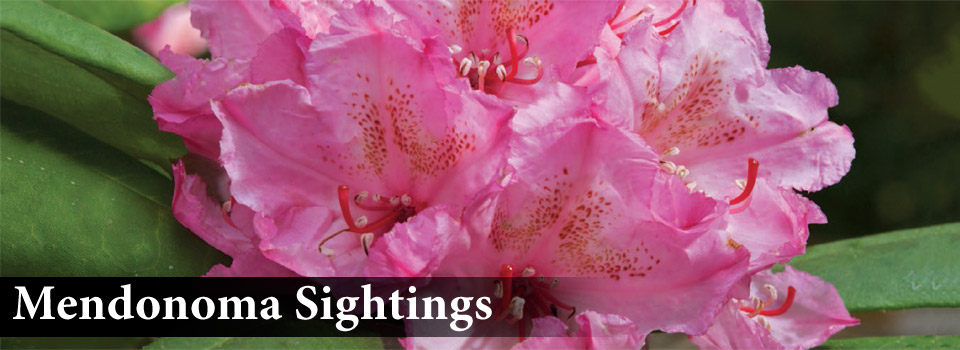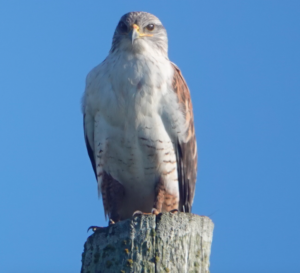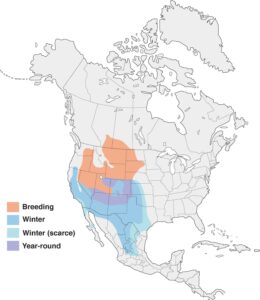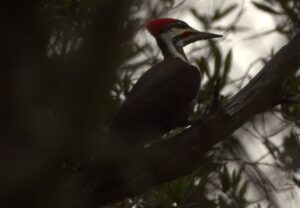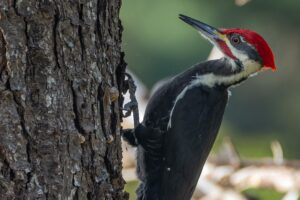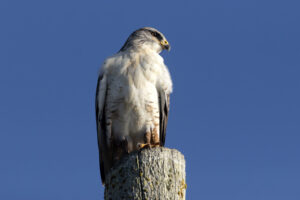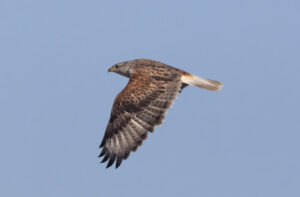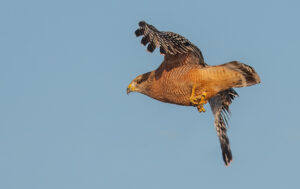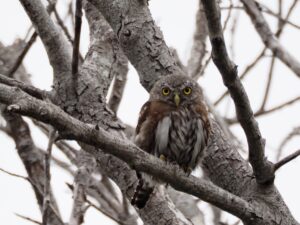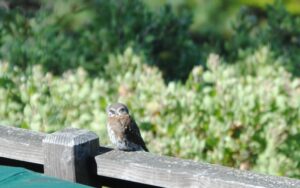Sara Bogard was out at the Point Arena Lighthouse Peninsula when she saw this Ferruginous Hawk looking at her. She quickly got this photo.
A few of these hawks will overwinter here on the Mendonoma Coast and it's always a treat to see them. They will be leaving soon as their breeding season will be commencing soon. Here's a map by the Cornell Lab of Ornithology that shows where they will be headed.
Thanks to Sara for allowing me to share her photo with you here. And thanks to the Cornell Lab of Ornithology for being so awesome. Their website is http://allaboutbirds.org They also created the Merlin Bird ID that lets you use a smartphone to listen to a bird's call. It then will ID it for you. I've been waiting for this app all my life! You can learn about it here: https://merlin.allaboutbirds.org/ It's a free app, but you just might be inclined to hit the donate button on their website as a thank you.
oh boy, we had a lot of rain the past five days, five inches of the wet stuff. I'm at 48.10 inches season to date, a nice wet winter. Today is sunny and breezy.
